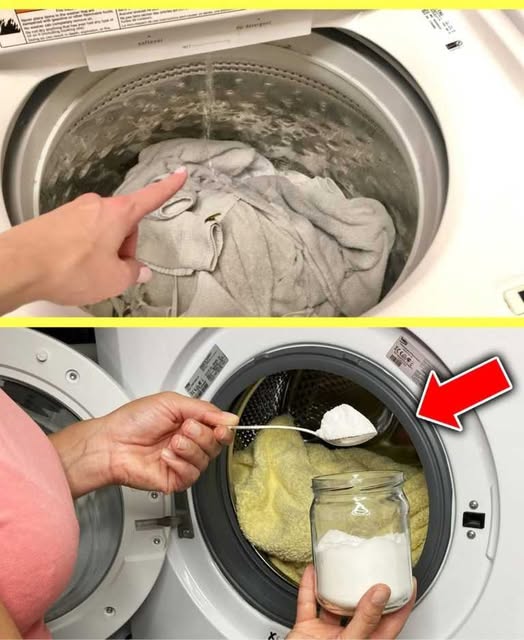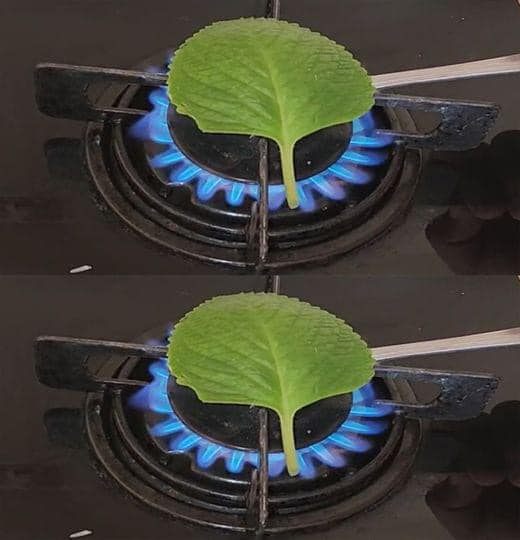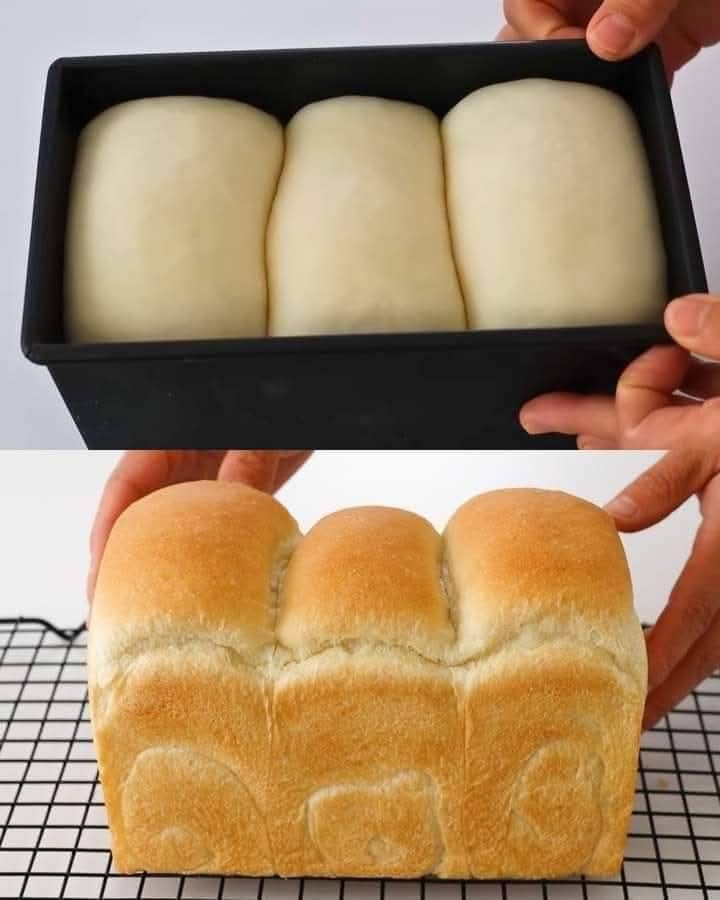Have you ever tried making your own fabric softener? It’s really that simple to do. You only need these two ingredients to prepare it. Discover how to make a natural and cost-effective fabric softener that will take care of your clothes and the environment.
Washing Machine: How to Care for This Essential Appliance
Although the washing machine is one of the appliances that consume the most energy, it remains an essential item in every home. Without it, it would be nearly impossible to maintain an effective cleaning routine. Fortunately, technology helps us a lot, not only in making household tasks easier but also in saving money.
The washing machine, with its various functions and capacities, is a real asset for efficiently managing laundry. However, like all household appliances, it requires proper attention to function well over the long term. If not maintained correctly, it may not last as long as expected.
Why Take Care of Your Washing Machine?
Proper care of your washing machine is essential to avoid malfunctions and extend its lifespan. Several factors must be considered, such as the type of detergent used and the cleanliness of the machine’s components.
For instance, have you ever noticed that using low-quality detergents can harm your washing machine? These detergents can clog the pipes and filters, reducing the efficiency of cleaning. Additionally, mold and soap residue can build up in the drum, causing unpleasant odors.
Speaking of products, how many times have you purchased high-quality fabric softeners that didn’t deliver the expected results? Whether it’s in terms of softness or fragrance intensity, some fabric softeners don’t do what they promise.
Homemade Fabric Softener: The Two Ingredients You Need
We have a simple and natural solution to this issue: homemade fabric softener. The benefit of this product is that it’s made from simple ingredients that are safe for your laundry, your skin, and the environment. Plus, you’ll know exactly what’s in it, unlike commercial products that often contain chemicals.
Why Choose Homemade Fabric Softener?
More and more people are turning to homemade alternatives, especially when it comes to cleaning products. Homemade fabric softener offers several notable advantages:
- Cost-effective: Making your own fabric softener is much cheaper than buying commercial products.
- Environmentally friendly: The chemicals in many commercial fabric softeners can pollute the water and harm aquatic life. Homemade fabric softener contains only natural ingredients.
- Effective: Not only does it soften your clothes, but it also perfumes them while being gentle on fabrics and skin.
- Free from chemicals: Some commercial fabric softeners contain preservatives and synthetic fragrances that can irritate the skin, especially for those with allergies or sensitive skin.
Now, you’re ready to try this simple and effective recipe. Here’s how to prepare your own fabric softener at home with only two ingredients.
Recipe for Homemade Fabric Softener
Ingredients needed:
- Marseille soap or any other soap of your choice (a natural, gentle soap, free from chemicals).
- White vinegar.
Preparation steps:
- Prepare the soap: Start by taking a bar of Marseille soap (or any other natural soap) and grate it using a kitchen grater. You’ll need about 50 to 100 grams of grated soap.
- Melt the soap: Place the grated soap in a saucepan and add one liter of boiling water. Stir well until the soap completely dissolves in the water. You should have a homogeneous solution.
- Let it rest: Once the soap is dissolved, let the mixture rest for at least 4 hours. This will allow the mixture to solidify into a gel-like consistency.
- Blend the mixture: After the mixture has taken on a gel-like consistency, pour it into a blender and add one cup of white vinegar. Vinegar, in addition to its disinfectant properties, will help soften your clothes and remove soap residues.
- Finish the fabric softener: Blend on full power until you get a smooth, creamy solution. Once the mixture is well blended, add another liter and a half of room temperature water to dilute the solution.
- Customize the scent: If you want to give your fabric softener a nice color or pleasant scent, you can add a few drops of food coloring (optional) or an essential oil of your choice (such as lavender, lemon, or eucalyptus). This will not only perfume your clothes but also give them a more attractive appearance.
- Store your fabric softener: Once the mixture is ready, pour it into a clean, airtight bottle or container. You can now use it to soften your clothes during each wash.
The Benefits of This Homemade Fabric Softener
What’s great about this homemade fabric softener recipe is that it’s simple, quick, and effective. In just a few steps, you get a natural product that is free from chemicals and works great.
Soft and Scented Clothes
This homemade fabric softener will make your clothes feel much softer to the touch. The Marseille soap and vinegar will work together to remove laundry detergent residues and soften the fibers. Moreover, if you added essential oils, your clothes will be lightly scented after every wash.
Less Risk for the Skin
This mixture contains no harsh chemicals that could irritate your skin or cause allergies. It’s perfect for people with sensitive skin or children. Additionally, the vinegar helps balance the pH of the fabric, making it even gentler on your skin.
An Eco-friendly Solution
One of the biggest advantages of homemade fabric softener is that it’s environmentally friendly. Unlike commercial fabric softeners, which often contain phosphates and non-biodegradable chemicals, your homemade fabric softener won’t pollute the water. By using it, you’re also reducing plastic packaging waste since you won’t need to constantly buy plastic bottles.
Easier Ironing
Another important benefit of using fabric softener is that it makes ironing easier. Not only will your clothes be softer, but they will also be easier to iron since the fabric will be more flexible and less wrinkled.
How to Use It Effectively
Using this homemade fabric softener is simple: for each wash, pour a small amount (about one capful) into the fabric softener compartment of your washing machine. This is usually enough since the fabric softener is quite concentrated. If you have particularly rough clothes, you can adjust the amount for an even softer result.
Conclusion: Why Switch to Homemade Fabric Softener?
This homemade mixture is not only cost-effective, but it’s also incredibly eco-friendly and much gentler on your skin and clothing. You won’t have to rely on expensive commercial products that may be harmful to your health. By making your own fabric softener at home, you take control of what goes into your washing machine, while saving money.
The next time you do laundry, try this simple and practical recipe. Not only will your clothes come out clean, soft, and scented, but you’ll also be contributing to a more sustainable future.





